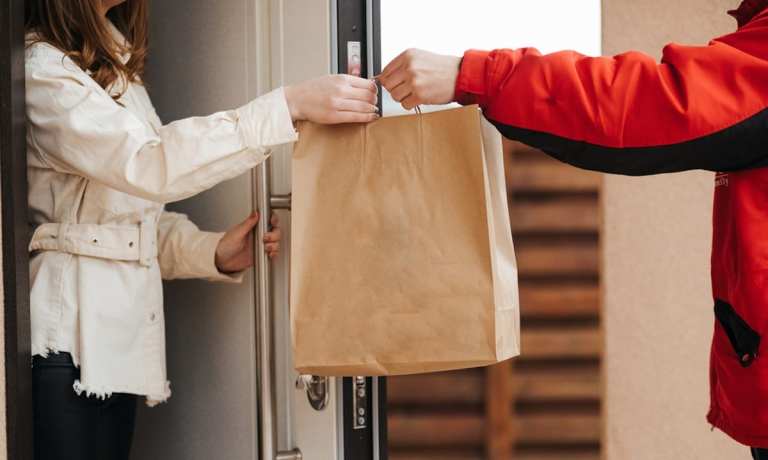
In 2020, the unprecedented growth of third-party delivery companies exposed cracks in the model for restaurants, consumers and drivers alike. Throughout 2021 and now into 2022, New York City has been passing laws to create a standard for regulating this still relatively new industry, while aggregators are also increasingly in competition with the very restaurants on their marketplaces.
New York City Mayor Eric Adams and the city’s Department of Consumer and Worker Protection (DCWP) Commissioner Peter A. Hatch announced Sunday (Jan. 23) that, beginning Monday (Jan. 24), delivery services now must be licensed by the DCWP.
Read more: NYC Mayor Adams Says Third-Party Food Delivery Apps Must Now Be Licensed
The law also mandates that these services offer drivers greater transparency about customers’ tips, limits the fees that third parties can charge restaurants, mandates restaurants’ permission before a marketplace shows the listing and requires phone number listings include the restaurant’s direct line.
“By licensing food delivery apps, we can now bring much needed oversight and regulation to this expanding industry, which will greatly benefit not only these essential workers, but the restaurants and consumers who use the apps as well,” Hatch said in a statement.
The law comes nearly two years after the initial outbreak of the pandemic, with time now having proven that third-party aggregators have become part of consumers’ routines in times of high contagion concern as well as low.
Research from the December edition of PYMNTS’ Digital Divide report, “Digital Divide: Delivery Service Aggregators And The Digital Shift,” created in collaboration with Paytronix, found that more than four in 10 consumers use restaurant aggregators, with 26% using one or two platforms and 15% using three or more.
Moreover, the study found that 63% of these aggregator users do so for the ease and convenience — by far the most common motivation, well ahead of the 38% of consumers who use them because they are the only method available and the 37% who use them for faster delivery. While consumers may have initially tried out these delivery apps because they were avoiding going into restaurants, these habits seem to be here to stay.
In a move to establish a future with these aggregators that is sustainable for workers, the New York City law also stipulates that, by April 22 of this year, apps will need to meet a range of new criteria, including offering workers more control over routes; more transparency regarding routes and payment; and more frequent payment, among other requirements. It is likely that more cities will follow suit. In the past, delivery service regulations such as fee caps have been put into effect across major cities, each on their own timeline.
The law comes at a time when delivery services already must work harder than ever to retain their sales, with consumers turning more to restaurants’ direct ordering channels and with restaurants increasingly able to fulfill these orders without the help of aggregators.
As Paytronix CEO Andrew Robbins told PYMNTS’ Karen Webster in a PYMNTS TV interview, “People do try to order direct from restaurants because they understand the fees that are being taken by the different aggregators, and so we’ll see that in their search behavior … they’re trying to buy direct.”
Read more: Restaurants Lean on Loyal Customers to Navigate Omicron, Inflation Impact